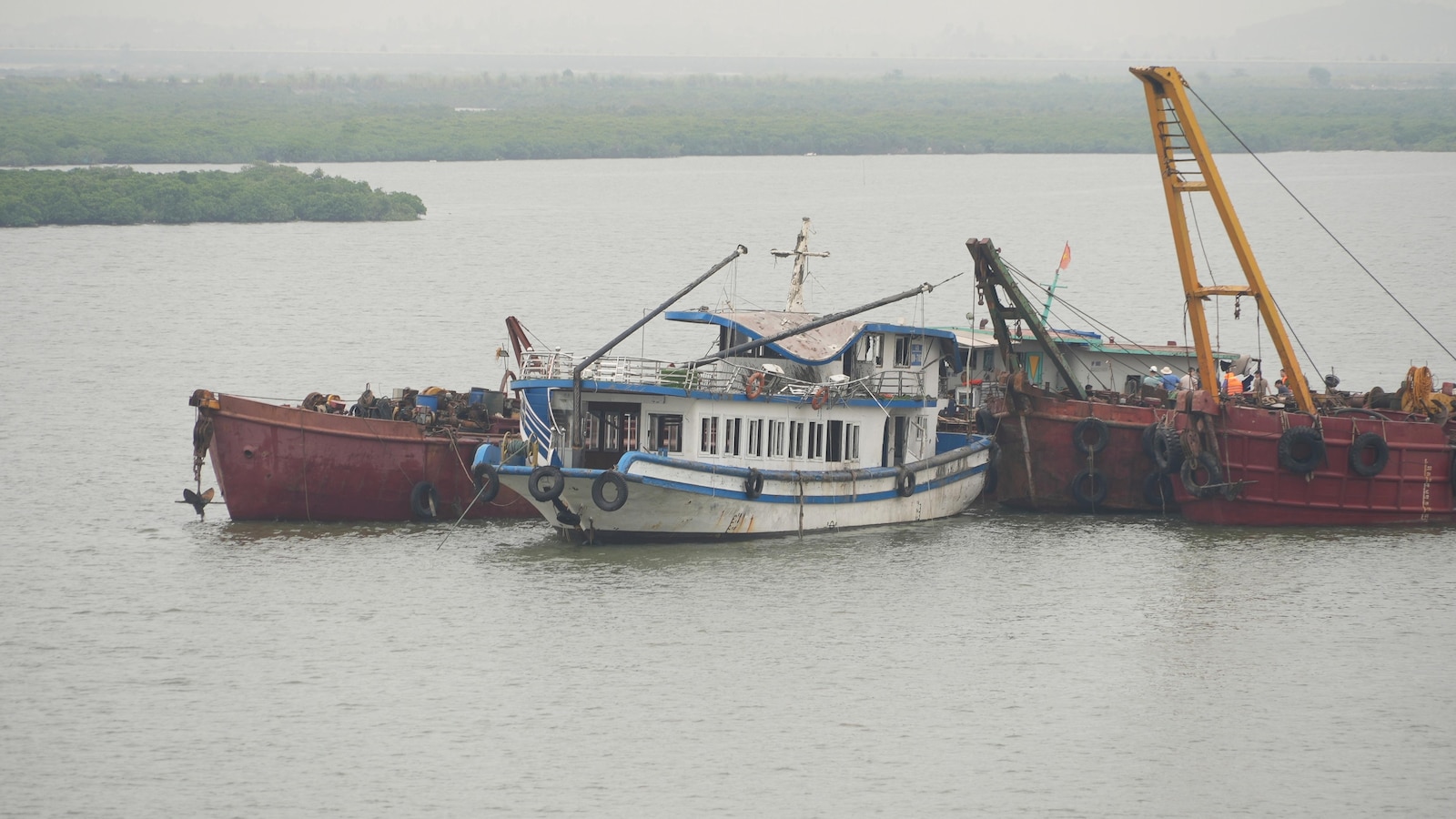Typhoon Wipha struck with a vengeance on July 20, 2025, as it roared across Hong Kong and southern China, leaving a trail of devastation that resulted in the issuance of the highest storm warning, T10. Winds reached a staggering 167 kilometers per hour, accompanied by torrential rains, leading to widespread flooding that closed transportation systems and grounded hundreds of flights. As water levels rose, businesses suffered severe disruptions, and the economic impact escalated, with estimates of losses
Did You Know
Honey never spoils; edible after thousands of years.
?
AD
reaching up to HK$2 billion. The storm's ferocity left thousands stranded at Hong Kong International Airport, as travel plans were shattered amidst chaotic cancellations and delays.
The government issued urgent evacuation orders for coastal areas in southern China, where authorities warned of impending flash floods and landslides. As communities braced for the worst, emergency responders mobilized to assist residents in need. Meanwhile, in Vietnam's Halong Bay, a tragic boating accident claimed at least 38 lives when the storm's aftermath wreaked unforeseen havoc. This tragedy serves as a stark reminder of the storm's far-reaching effects, extending beyond Hong Kong and into neighboring regions grappling with their own crisis.
As Wipha's winds began to subside, the communities affected faced the daunting task of recovery. Resilience shone through as efforts commenced to assess damage and restore normalcy. Floodwaters receded, revealing the wreckage left behind, and both Hong Kong and southern China prepared for the long road ahead. In the face of nature's wrath, the strength and determination of these communities are a testament to their ability to rise again, learning from the challenges posed by extreme weather events.
Q&A (Auto-generated by AI)
What causes typhoons to form?
Typhoons form over warm ocean waters, typically in tropical regions, when the sea surface temperature exceeds 26.5°C (about 80°F). This warmth causes moisture to evaporate, creating rising air currents. As the air rises, it cools and condenses, releasing latent heat, which further fuels the storm. The Coriolis effect, resulting from the Earth's rotation, helps organize the storm into a rotating system. Typhoons can also be influenced by atmospheric conditions, such as low-pressure systems and wind patterns.
How are typhoons categorized?
Typhoons are categorized using the Saffir-Simpson Hurricane Wind Scale, which ranks storms from Category 1 to Category 5 based on sustained wind speeds. Category 1 storms have winds of 74-95 mph, while Category 5 storms exceed 157 mph. This classification helps assess potential damage and guide preparedness efforts. Typhoons are also monitored using various meteorological tools, including satellite imagery and radar, to track their intensity and movement.
What impacts do typhoons have on travel?
Typhoons can cause significant disruptions to travel, especially in affected regions. Airports often cancel or delay flights due to high winds and severe weather, as seen during Typhoon Wipha, which led to the cancellation of hundreds of flights in Hong Kong and southern China. Ferry services may also be suspended, and road travel can become hazardous due to flooding and debris. Travelers are advised to stay informed about weather conditions and follow local authorities' guidance during such events.
How does Hong Kong prepare for typhoons?
Hong Kong prepares for typhoons by issuing storm warnings and alerts through its Observatory, which monitors weather conditions. The government activates emergency response plans, including public safety announcements and the closure of schools and businesses. Residents are encouraged to secure their properties, stock up on essential supplies, and stay indoors during severe weather. The city also deploys emergency services and resources to assist with evacuations and respond to emergencies, ensuring public safety.
What were the economic effects of Typhoon Wipha?
Typhoon Wipha had significant economic repercussions for Hong Kong, with estimates of losses reaching up to HK$2 billion. The catering, retail, and transport sectors were particularly hard hit, as many businesses closed and public transport was disrupted. The storm also affected events like the Hong Kong Book Fair, leading to a 10% drop in visitor attendance. Recovery efforts and damage assessments typically follow such events, impacting the local economy and businesses for weeks or months.

















